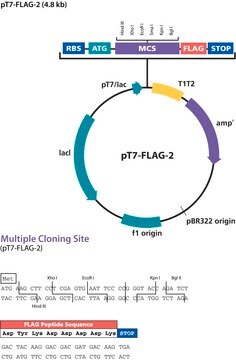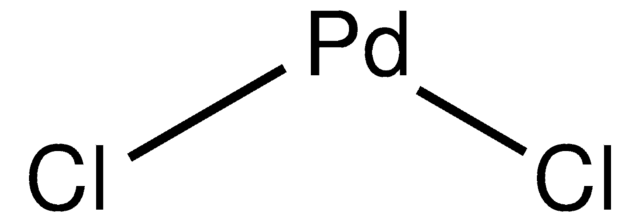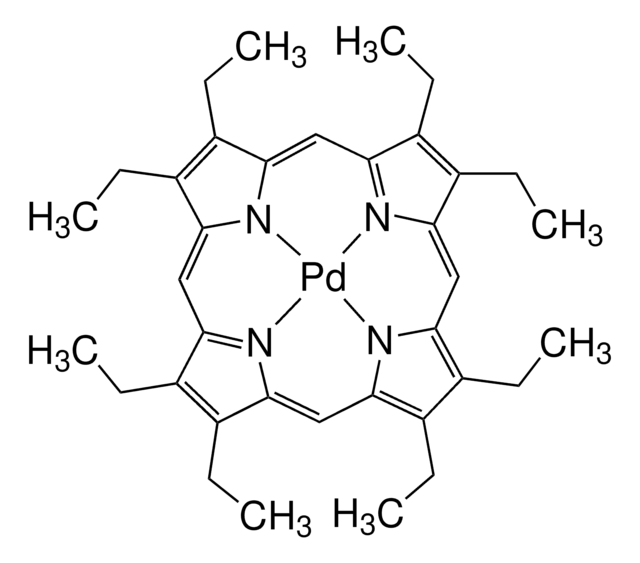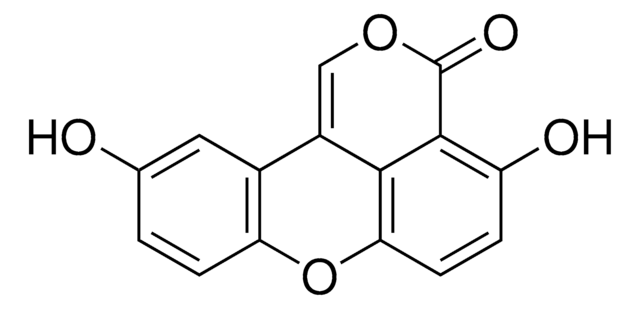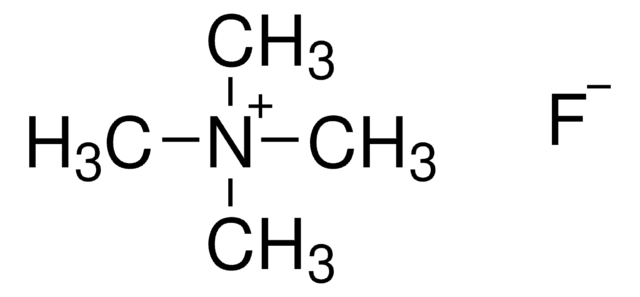OGS2828
PSF-OXB20-NH2-FLAG®-6HIS-EKT - N-TERMINAL FLAG® AND 6 HIS DUAL TAG BACTERIAL PLASMID
plasmid vector for molecular cloning
Synonym(s):
cloning vector, expression vector, molecular cloning vector, plasmid, plasmid vector, snapfast vector, vector
About This Item
Recommended Products
recombinant
expressed in E. coli
tag
6-His tagged
FLAG® tagged
form
buffered aqueous solution
mol wt
size 4991 bp
bacteria selection
kanamycin
Origin of replication
pUC (500 copies)
Peptide cleavage
EKT
Peptide tag location
N-terminal
Promoter
Promoter name: OXB20
Promoter activity: constitutive
Promoter type: bacterial
reporter gene
none
shipped in
ambient
storage temp.
−20°C
General description
About the Peptide Tag:This plasmid contains an n-terminal Hexa-Histidine (6His) affinity tag that can be fused to a gene of interest to allow protein detection and/or purification. The sequence of the tag is: HHHHHH. This plasmid also contains a secondary Flag protein tag. The sequence of this tag is: DYKDDDDKWe provide a range of dual peptide tag plasmids. This is because some peptide tags provide specific biological properties (e. g., small molecule affinity new epitopes solubility or protein secretion) that are not provided by others.
About the Cleavage Tag: This plasmid also encodes a protease cleavage site that is designed to be positioned between your gene of interest and the tag to allow the removal of the tag following protein purification or isolation. This plasmid contains a EKT cleavage tag. The protein sequence of the cleavage tag is: DDDDK. Enterokinase (EKT) protease cleaves after the Lysine residue. It can cleave at other basic residues but this is dependent on protein confirmation. If a proline follows the site it will not cut. None of our products contain a proline after the site.
Promoter Expression Level: This plasmid contains a constitutive bacterial promoter that does not require induction. It is the strongest bacterial promoter we sell and this can cause solubility and expression problems with some proteins. We also offer a range of other bacterial promoters that are compatible with this plasmid and are available on request.
Sequence
Analysis Note
Legal Information
related product
Storage Class Code
12 - Non Combustible Liquids
Flash Point(F)
Not applicable
Flash Point(C)
Not applicable
Certificates of Analysis (COA)
Search for Certificates of Analysis (COA) by entering the products Lot/Batch Number. Lot and Batch Numbers can be found on a product’s label following the words ‘Lot’ or ‘Batch’.
Already Own This Product?
Find documentation for the products that you have recently purchased in the Document Library.
Articles
A range of forward and reverse sequencing primers that allow you to sequence any insert that you make into a particular position within any plasmid. Where possible, the binding sites for each of these primers is conserved.
Our team of scientists has experience in all areas of research including Life Science, Material Science, Chemical Synthesis, Chromatography, Analytical and many others.
Contact Technical Service